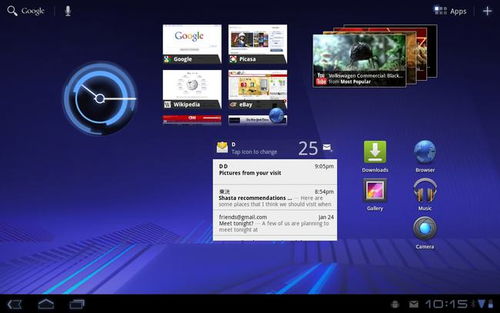
linux系统英文版,Introduction to Linux: The English Edition
时间:2024-10-12 来源:网络 人气:
Introduction to Linux: The English Edition
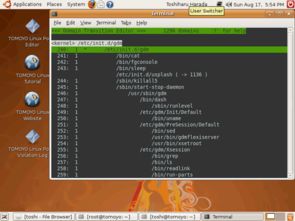
Linux, an open-source operating system, has gained immense popularity worldwide due to its flexibility, security, and customization options. For English-speaking users, having a Linux system in English can enhance the overall experience and make it more accessible. In this article, we will explore the benefits of using a Linux system in English, guide you through the installation process, and highlight some popular English Linux distributions.
Why Choose an English Linux System?
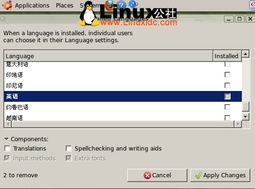
There are several reasons why English-speaking users might prefer a Linux system in English:
Language Preference: For users who are more comfortable with English, having a system interface in their native language can make navigation and troubleshooting easier.
Community Support: English Linux distributions often have larger and more active communities, providing extensive documentation, forums, and tutorials.
Software Availability: Many software applications and tools are available in English, ensuring a seamless experience for users who are accustomed to English interfaces.
Internationalization: English is a global language, and using an English Linux system can facilitate collaboration and communication with users from different countries.
Installing an English Linux System
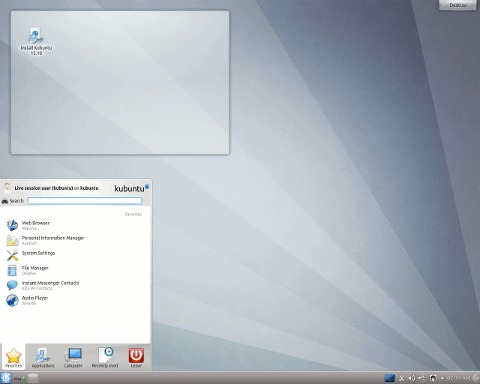
Installing an English Linux system is a straightforward process. Here's a general guide to help you get started:
Choose a Distribution: Select an English Linux distribution that suits your needs. Some popular options include Ubuntu, Fedora, Debian, and CentOS.
Download the ISO Image: Visit the official website of your chosen distribution and download the ISO image file. Ensure that you select the English version.
Create a Bootable USB Drive: Use a tool like Rufus or balenaEtcher to create a bootable USB drive from the downloaded ISO image.
Boot from the USB Drive: Restart your computer and enter the BIOS or UEFI settings to change the boot order. Set the USB drive as the first boot device.
Install the Distribution: Follow the on-screen instructions to install the Linux distribution. During the installation process, you will be prompted to select the language for the system interface. Choose English.
Complete the Installation: Once the installation is complete, restart your computer, and you should be greeted with an English Linux system.
Popular English Linux Distributions
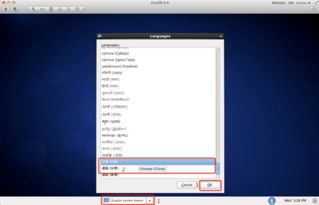
Here are some of the most popular English Linux distributions that you can consider:
Ubuntu: Ubuntu is a user-friendly distribution that is great for beginners and advanced users alike. It offers a wide range of software packages and has a strong community support.
Fedora: Fedora is a community-driven distribution that focuses on innovation and cutting-edge technologies. It offers a stable and secure environment for users who want to stay up-to-date with the latest software.
Debian: Debian is a stable and reliable distribution that has been around for over two decades. It is known for its vast software repository and strong focus on free software.
CentOS: CentOS is a free and open-source community-driven distribution that is based on Red Hat Enterprise Linux. It is known for its stability and security, making it a popular choice for servers and enterprise environments.
Customizing Your English Linux System
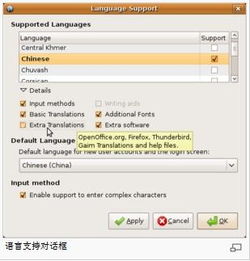
Once you have installed your English Linux system, you can customize it to suit your preferences. Here are some tips:
Change the Desktop Environment: If you're not satisfied with the default desktop environment, you can install and switch to a different one, such as GNOME, KDE, or XFCE.
Install Additional Software: Use your distribution's package manager to install additional software packages that you need.
Configure the System: Adjust system settings, such as keyboard layout, language, and network configurations, to your liking.
Conclusion
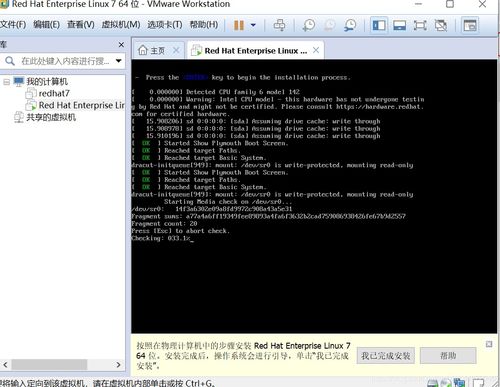
Using an English Linux system can provide a
相关推荐
教程资讯
教程资讯排行



